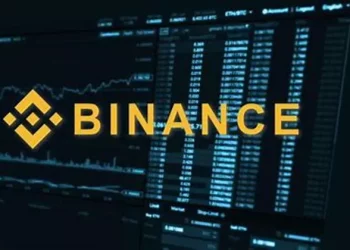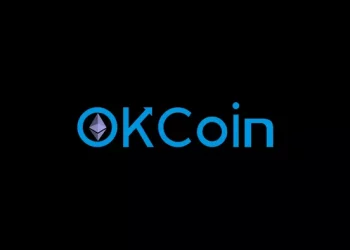Binance, a prominent cryptocurrency exchange, is enhancing its services by introducing support for USDC on the Polygon network. This strategic move aims to streamline transactions for businesses utilizing the Polygon ecosystem. Notably, the current USDC token, which is bridged from Ethereum, will undergo a temporary suspension of deposits and withdrawals on October 25. Concurrently, there will be a rebranding to MATICUSDCE, which will coexist with the launch of USDC on Polygon.
This development is in alignment with Polygon’s growing focus on corporate applications, driven by its low transaction fees and rapid processing speed. In fact, these features have already attracted more than 79 companies to the network in 2022. Companies can harness the utility of USD Coin through Circle’s APIs, providing a valuable means to mitigate risks for both clients and merchants.
Binance’s decision to support native USDC on Polygon is poised to have several significant implications. It may contribute to increased trading volumes, particularly as the cryptocurrency market anticipates reduced activity in the lead-up to a potential Bitcoin Exchange-Traded Fund (ETF). Additionally, Binance could leverage this move to attract corporate clients, positioning itself strategically as it navigates challenges such as the loss of partners and ongoing investigations in various regions.
Stablecoins like USDC play a pivotal role in risk reduction for clients and merchants. This is achieved by maintaining a fixed exchange rate between the stablecoin and the cryptocurrency used by clients to conduct transactions for goods and services.
Earlier this year, Circle introduced a cross-chain protocol designed to facilitate the transfer of USDC across various blockchain networks. This move aligns with the broader industry trend aimed at enhancing the usability of blockchain technology, as articulated by Dante Disparte, Chief Strategy Officer at Circle. The adoption of cross-chain protocols and the integration of stablecoins contribute to the continued evolution of blockchain systems, fostering greater efficiency and accessibility for users.

















